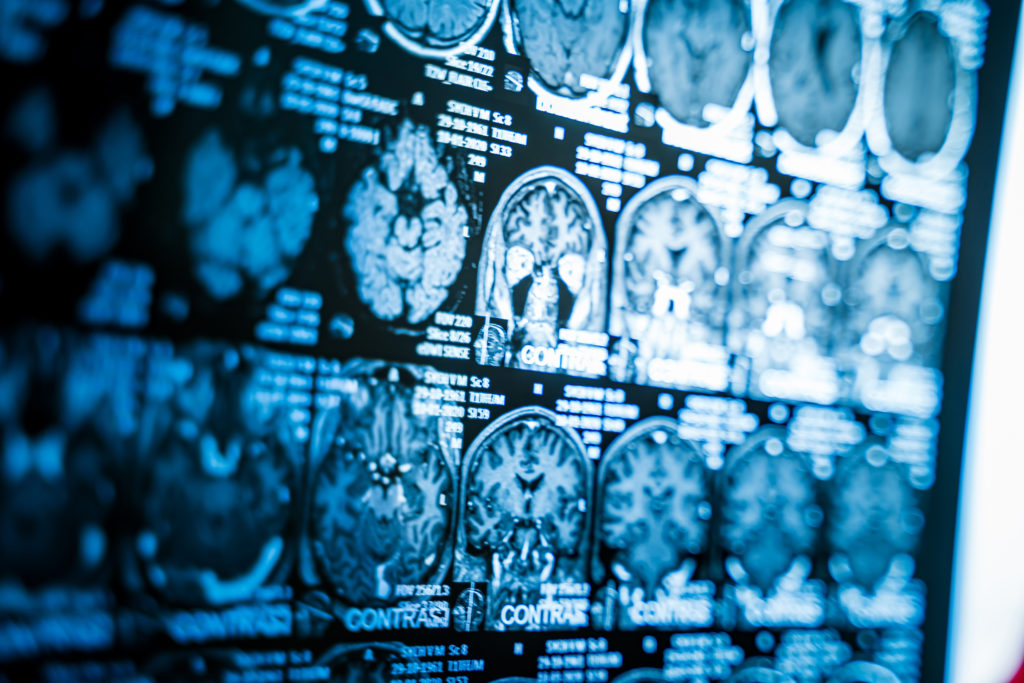Long suspected by the research community, new study from Tisch MS Research Center of New York, published in Brain, finally establishes that PPMS is pathophysiologically separate from other forms of MS
Findings have groundbreaking implications for targeted treatment of PPMS, a disease characterised by worsening neurological function and progressive disability in patients

The Tisch MS Research Center of New York has published new research classifying primary progressive multiple sclerosis (PPMS) as pathophysiologically distinct from other forms of MS. Published in the journal Brain, the study finally confirms a conclusion long suspected by the scientific community: PPMS is an antibody-mediated disease with unique clinical and pathological features.
Tisch MSRCNY researchers developed the first ever animal model of PPMS via intrathecal injection of cerebrospinal fluid (CSF) from PPMS patients into the cervical spinal cord. Unlike the CSF from patients with other forms of MS (relapsing-remitting MS (RRMS) and secondary progressive MS), only PPMS patient CSF induced motor disability and hallmark MS-like pathology in the spinal cord including: demyelination, impaired remyelination, reactive astrogliosis, and axonal damage.
Furthermore, removal of immunoglobulin G (antibodies) from PPMS CSF via filtration or immunodepletion weakened its pathogenic capacity, while injection of recombinant antibodies derived from PPMS CSF mimics this pathology – suggesting that the disease is not only pathophysiologically distinct, but also antibody-mediated. These findings could lead to the development of more effective treatments for PPMS – a disease that has traditionally lagged behind RRMS, the more common disease subtype, in terms of research and treatments developed.
“Primary progressive MS is arguably one of the most severe and debilitating disease forms, but for many years, we have not had an effective way to research and ultimately treat it,” said Dr. Saud A. Sadiq, Director and Chief Research Scientist at Tisch MSRCNY. “By developing an animal model specifically designed for PPMS, our team has been able to at long last confirm a widely-suspected hypothesis: that PPMS is in fact its own disease. This finding not only gives us the ability to conduct more precise research on PPMS and develop more targeted treatments – but it also represents another important step toward our center’s overarching goal to find the cause of and the cure for MS.”
For thousands of PPMS patients and their families, who have long been without effective treatment options, this research is potentially game-changing. We look forward to using our novel model to learn more about how pathogenic antibodies trigger pathology in PPMS and to develop potential therapeutic strategies specific for PPMS.
Dr. Jamie K. Wong, principal investigator at Tisch MSRCNY and lead author of the study.
About the Tisch MS Research Center of New York
The mission of the Tisch Multiple Sclerosis Research Center of New York is to conduct groundbreaking medical research to ensure unparalleled care and positive outcomes for MS patients. Its integrated relationship with the International MS Management Practice (IMSMP) accelerates the pace at which research discoveries translate from lab bench to bedside. The Center aims to identify the cause of MS, understand disease mechanisms, optimise therapies, and repair the damage caused by MS while offering patients access to the best and most advanced treatments possible.